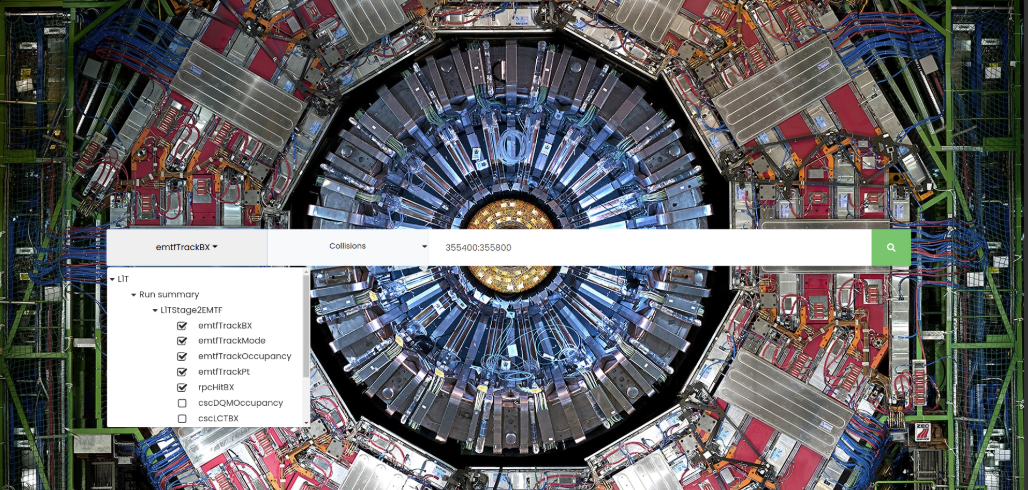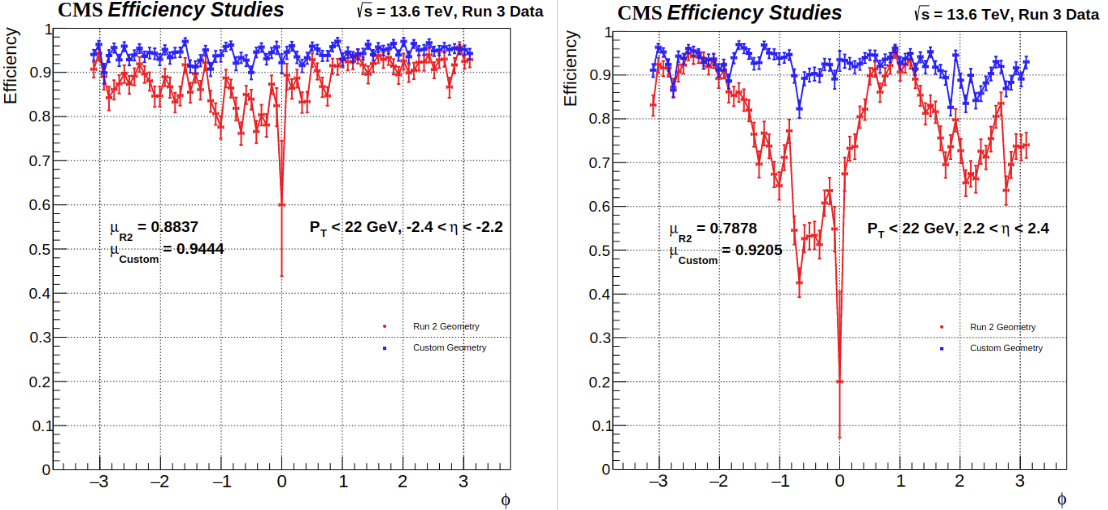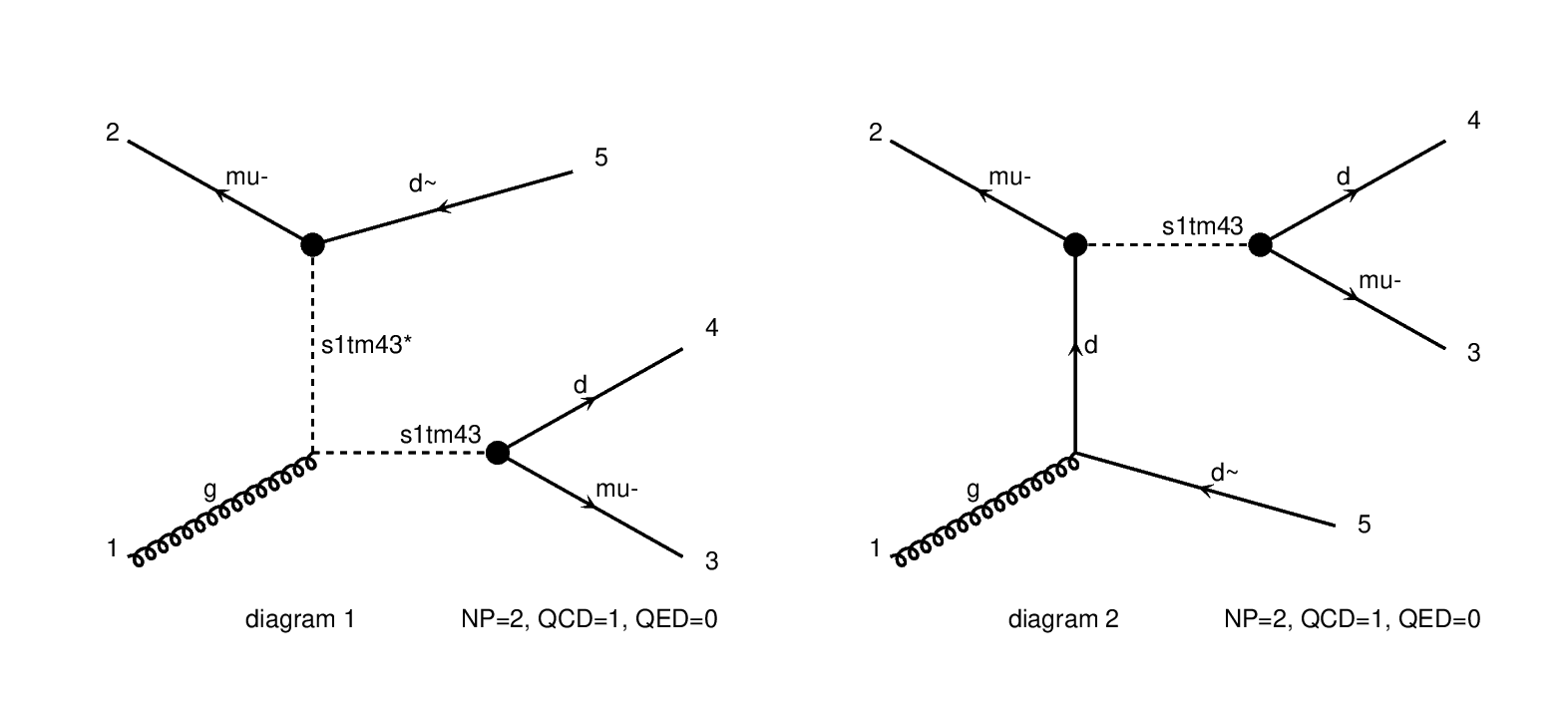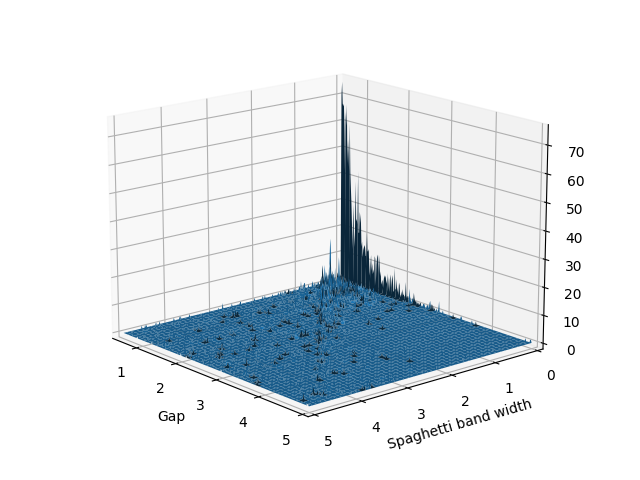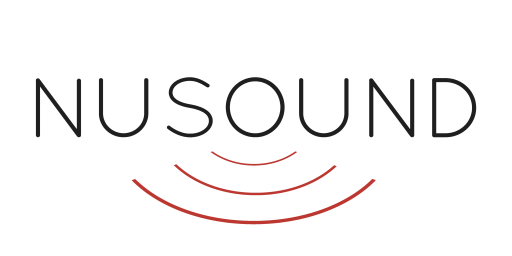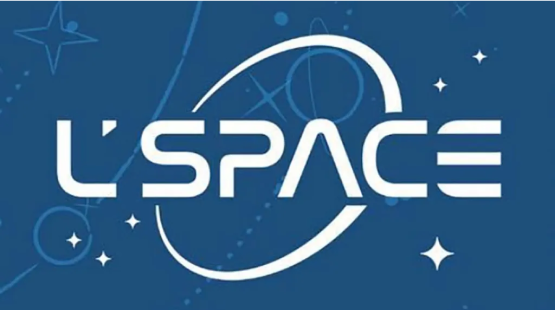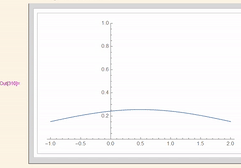NICHOLAS HURLEY
About
- Eager to utilize the properties of quantum mechanics to accelerate information processing and physical simulation.
- BSc Computer Engineering and Physics at Northeastern University (May 2024)
- Currently an Embedded Systems Software Engineer at Tesla.
Relevant work
- Phased-Array Speaker System (PASS) (2024)
- CERN CMS Endcap Muon Track Finder (2022)
- Leptoquark Simulations (2021-22)
- Materials Miner (2020-21)
- Nipkow Disc Mechanical Television (2020)
Other projects
- NUSound Workshops (2019-21)
- NASA L'SPACE MCA (2020)
- LED Audio Visualizer (2020)
- Electricity and Magnetism Final (2021)
- Quantum Mechanics 1 - Free Particle (2020)
